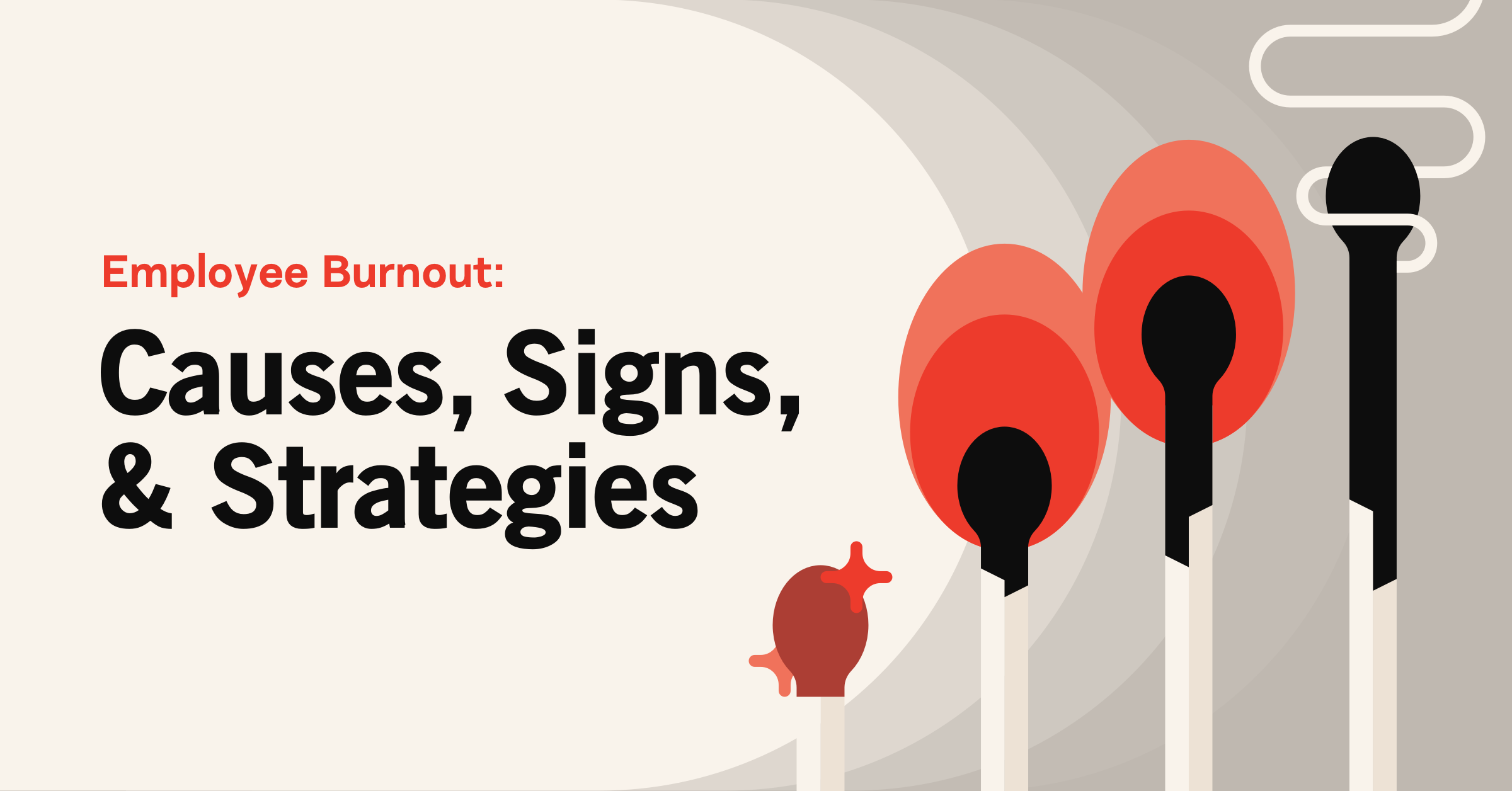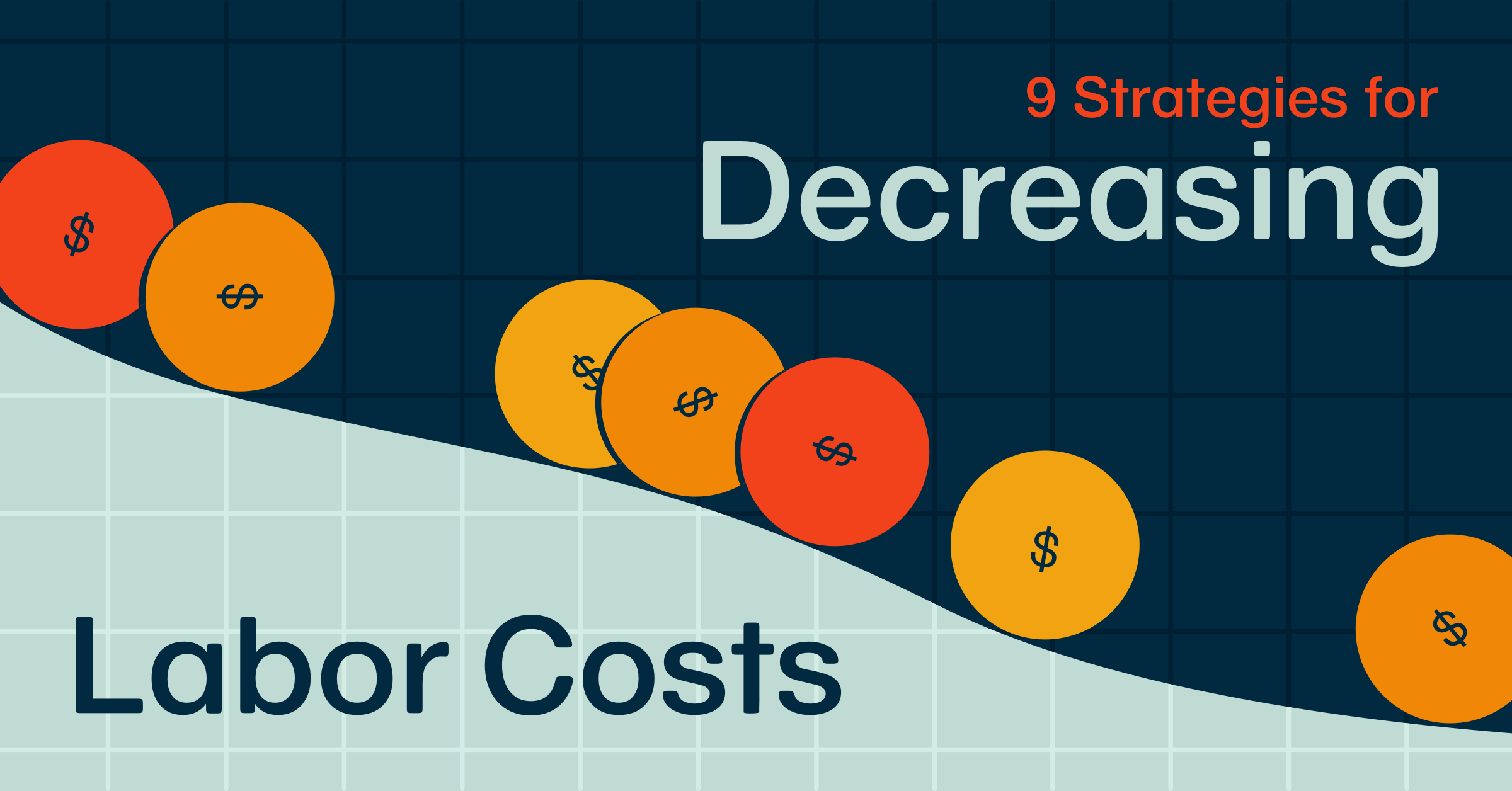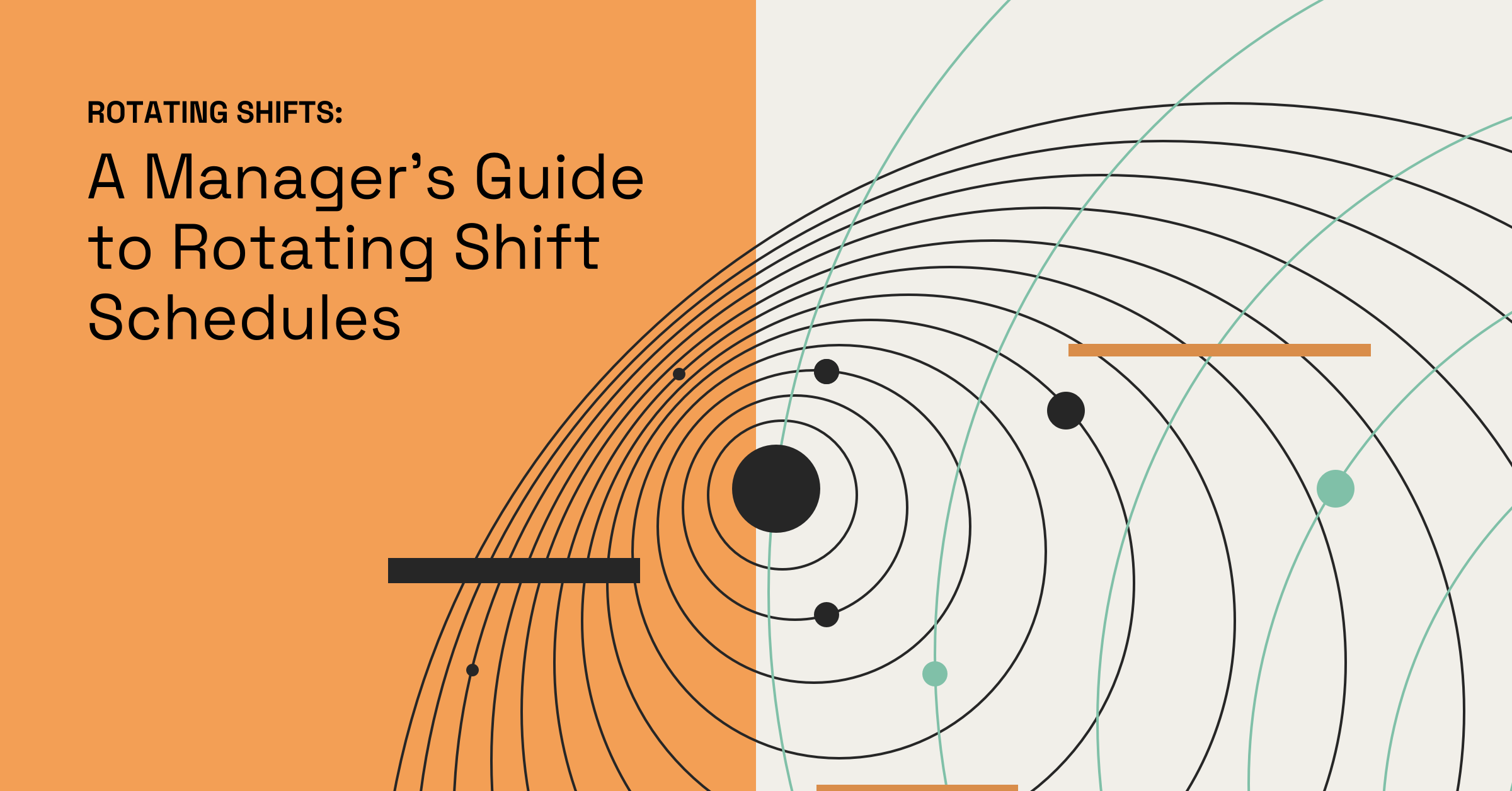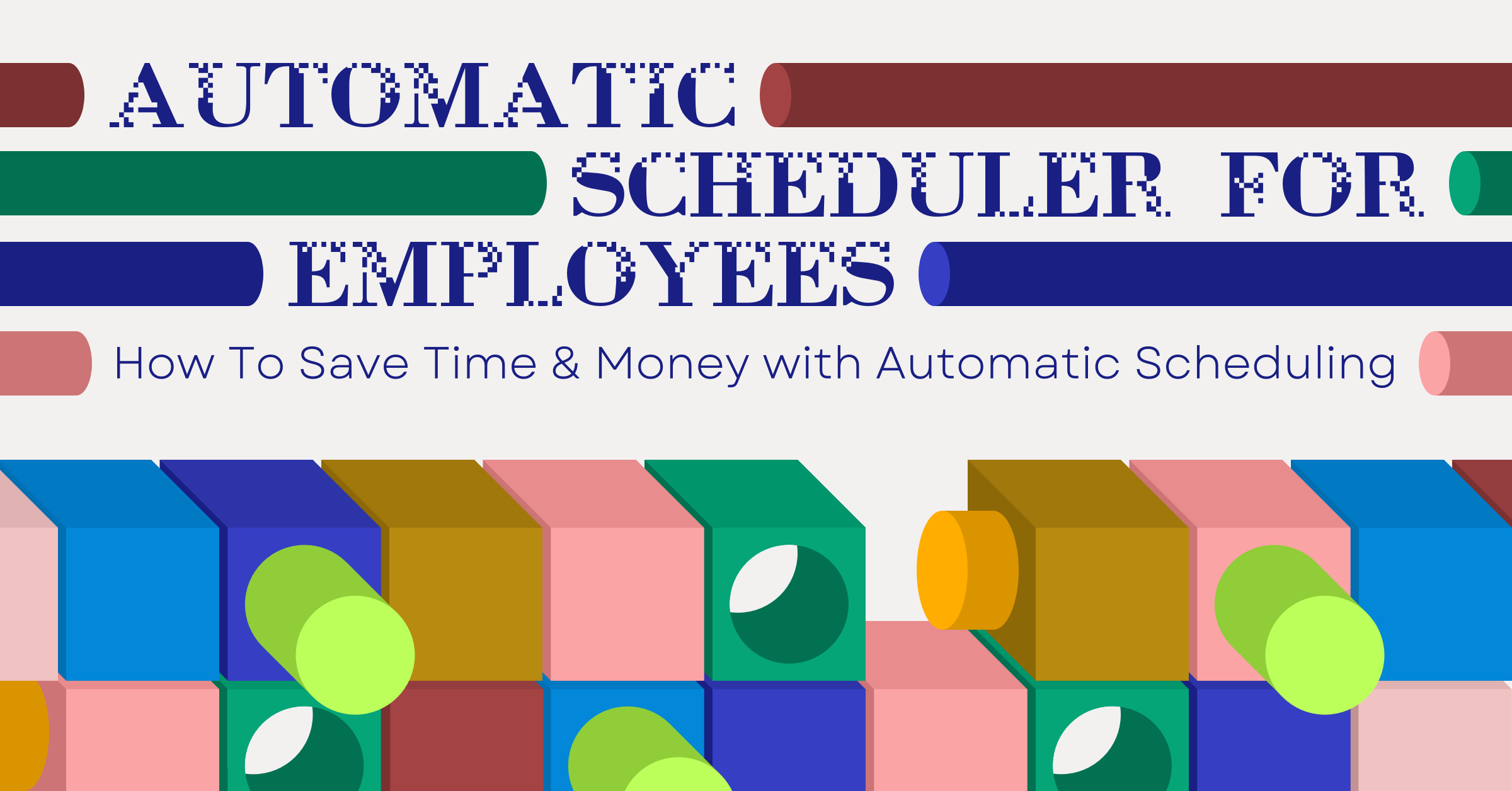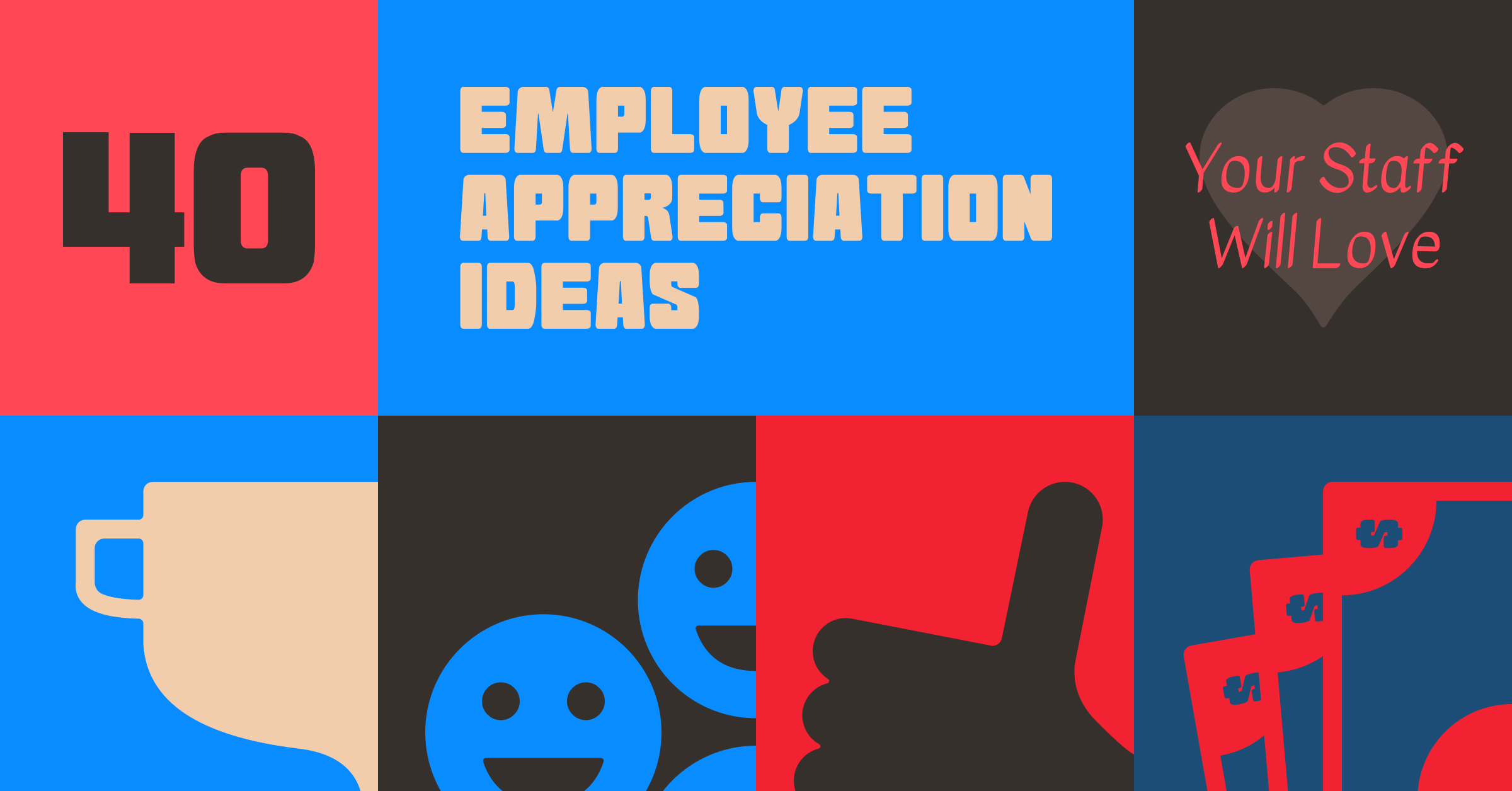Third Shift: How It Works + How Software Helps You Implement It
Try When I Work for free
Running a business that operates around the clock isn’t easy. If you’re in charge of scheduling staff for overnight hours, you are bound to run into some challenges. Simply finding people willing to work the third shift can be tough. Filling gaps in coverage when people call out adds to your headache. Even if you find some dedicated night shifters, you might worry about them burning out.
When these issues pile up, they can hurt your business. Customers might not get the service they expect. Productivity can drop. Employees can feel frustrated or overworked. But there is good news. There is a better way to handle third-shift scheduling.
Did you know that there’s software that can help you build any type of schedule? When I Work automates shift planning, saves time, and builds better schedules. Try it for free.
Key takeaways
Here’s what you need to know about the third shift:
- A third shift covers late-night or overnight hours
- Many industries use third shifts, including healthcare and manufacturing
- Scheduling this shift can be tricky due to employee fatigue
- Software can make third shift scheduling easier
- When I Work offers tools to support every type of schedule
What is the third shift?
A third shift schedule is a work shift that usually runs overnight. The schedule starts late at night and ends in the early morning. A typical third shift might run from 11 p.m. to 7 a.m. However, companies can adjust as needed. For instance, they may schedule the third shift from 10 p.m. to 6 a.m.
Third shift schedules are important for businesses that need to operate 24 hours a day. These include hospitals, factories, warehouses, and emergency services providers. When employees work during these off-hours, companies can keep operations going around the clock. That means more output and more availability for customers.
There’s more than one way to set up a third shift. Some companies use rotating shifts where employees switch between day and night work. Others have fixed overnight teams that always work the same hours. The right setup depends on your business and your people.
How the third shift schedule works
Third shift scheduling usually falls outside regular 9-to-5 hours. The shift will usually start at around 10 or 11 p.m. and end between 6 and 8 a.m. Some businesses split the night shift into two shorter shifts. Here are some factors to consider when planning a schedule with a third shift:
- Shift length
- Rest breaks and meal times
- Overtime policies
- Fatigue management
You also need to make sure you’re following labor laws. This is especially important when scheduling younger workers or offering overtime.
Third shift schedule examples
Here are a couple of examples of the third shift:
Manufacturing
Busy manufacturing plants often run 24/7. The third shift keeps machines working all night. A common schedule here might be three rotating shifts:
- First Shift: 7 a.m. to 3 p.m.
- Second Shift: 3 p.m. to 11 p.m.
- Third Shift: 11 p.m. to 7 a.m.
Administrative employees will typically work regular hours. However, machine operators, maintenance, and quality checkers will be divided among all of these shifts.
Healthcare
Care doesn’t stop just because it’s nighttime. Nurses, doctors, and support staff often work third shifts to provide patient care. Hospitals and nursing homes that run three shifts will typically mimic the schedule outlined above. However, they may adjust the shifts one to two hours in either direction.
For example, the third shift might run from 10 p.m. to 6 a.m. The first and second shifts would also need to be adjusted. In this case, the first shift would start at 6 a.m. and end at 2 p.m. The middle shift would run from 2 p.m. to 10 p.m.
Common challenges with scheduling the third shift
Optimizing your workforce can be tough when your business operates overnight. You are bound to run into some challenges, such as the following:
Employee fatigue and burnout
Working overnight hours goes against our natural body clocks. This can lead to sleep problems and low energy. Night shift work is associated with increased rates of depression, stress, and anxiety.
If your team is tired, they may make more mistakes or call out sick more often. Over time, this leads to burnout and turnover. Make sure to monitor your team and encourage them to use their paid time off.
Higher risk of errors
Fatigue can also increase the chance of accidents or mistakes. Even a small mistake can lead to serious consequences. Scheduling people back-to-back or not allowing enough rest can raise these risks.
If your team transitions through all three shifts, make sure to provide time off between rotations. Let’s say a group is rotating from the third shift to the first shift. Make sure they have at least two days off to adjust.
Labor law compliance
Labor laws vary by state and country, but some have strict rules about overnight shifts. You need to track hours closely and manage overtime payments. Make sure employees get enough breaks. If you’re doing this by hand, it’s easy to miss something.
Hard-to-fill shifts
Night shift scheduling can leave your team members feeling run down. Some people may not want to work nights at all. That makes it tough to find and keep staff for these hours. Improving your scheduling processes can make the third shift more appealing and help you fill key gaps.
Use software designed to help you schedule the third shift
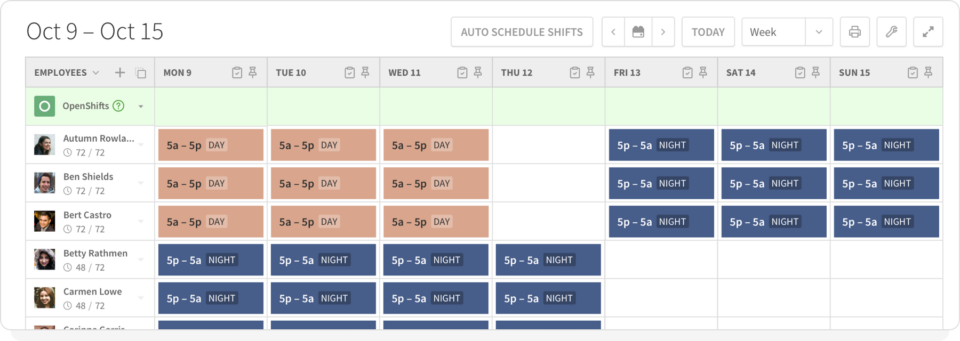
Manual scheduling takes time and leaves room for error. But with the right software, you can build better schedules in minutes. Employee scheduling software makes third shift planning easier by:
- Tracking employee availability
- Sending shift reminders and updates
- Helping you track labor laws and compliance
- Showing who’s clocked in
If someone calls out, you can quickly fill the gaps. The trick is to find the right solution for your business. When I Work stands out as a top option. Here’s why:
How When I Work helps you manage third shift scheduling
When I Work is an automatic scheduling platform designed to help you manage any type of shift. This automation helps maintain an efficient workflow and supports a healthier work-life balance for your team. Here are the When I Work features that help you manage third shift scheduling:
Automated shift rotations
Manually rotating shift assignments can be inconsistent and lead to burnout. When I Work automates shift rotations. It ensures that shift duties are distributed fairly among your team. For instance, a manufacturing manager reported a 25% decrease in employee fatigue and improved overall coverage with When I Work automation.
Real-time attendance tracking
Tracking attendance on the night shift is essential. The When I Work mobile time clock feature allows employees to clock in and out seamlessly. This ensures that all shifts are accurately recorded. For example, a nurse manager at a busy hospital noted a huge reduction in no-shows after implementing real-time attendance tracking.
Compliance monitoring
You’ll have a tough time staying compliant if you track everything manually. When I Work automatically monitors compliance and alerts you to potential violations. For example, a healthcare facility used these tools to maintain compliance and avoid costly fines.
Automated notifications for shift transitions
The transition from one shift to another can be a nightmare if people are out of the loop regarding schedule changes or call-outs. When I Work sends real-time notifications to set your team up for a smooth handoff. A logistics company improved shift handoffs and reduced disruptions by 30% with these notifications.
Equitable schedule distribution
The same team members shouldn’t always get the least desirable shifts. When I Work analyzes scheduling patterns to promote fairness. The result is higher morale and lower turnover. A call center manager experienced a 20% increase in employee retention by leveraging these insights.
With When I Work, you can save up to 15 hours a week on scheduling. This means you get more time to focus on what matters: running your business.
Try third shift scheduling (or any other schedule type) with When I Work
Scheduling the third shift doesn’t have to be a headache. With the right tools, you can stay on top of coverage and reduce burnout. When I Work keeps your business running strong, day or night.
When I Work is designed to help teams just like yours. Our built-in time clock reduces the risk of payroll errors and saves time. The team messaging feature promotes secure communication across your entire team. With our solution, you can:
- Build smarter schedules
- Keep employees informed
- Cut down on errors and no-shows
- Stay compliant with labor laws
Try When I Work free and see how much easier third shift scheduling can be.
Patrick Ellwanger is a Corporate Account Executive at When I Work, where he works closely with larger organizations to ensure the solution aligns with their needs and guides them through the discovery and purchasing process. With over six years of experience at When I Work, Patrick was one of the earliest employees, gaining hands-on expertise through roles in live chat, webinars, demos, and support. That foundation gives him a unique perspective on how businesses can use scheduling tools to solve real operational challenges and scale their workforce management with confidence.


